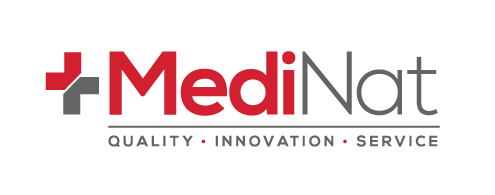
How Does a Saliva Drug Test Work?
Share
How Does a Saliva Drug Test Work?
Updated:
The use of saliva (oral fluid) drug-test kits in Australian workplaces is growing thanks to advances in technology and the fast, convenient way these tests are administered. Saliva testing primarily detects recent drug use — generally within the last 24 hours and, in some circumstances, up to about 48 hours, depending on the drug and usage pattern. It’s quicker and less invasive than urine or blood testing but covers a shorter detection window.
The Procedure
When testing under your company’s drug- and alcohol-policy, collection should be performed by a trained technician
(e.g., certified for biological specimen collection such as HLTPAT005). The collector uses an absorbent swab
(like a large cotton bud) to gather saliva from the tongue and inner cheek. Sometimes, the employee may self-swab
under supervision. Once enough oral fluid is collected, the sample is processed on-site (rapid screening) or sent to a lab for confirmation.
How Saliva Drug Tests Work
Most rapid kits use an enzyme immunoassay (EIA) screening that looks for target drugs or their metabolites. The test relies on a “competitive binding” principle: if the drug concentration exceeds the kit’s predefined cut-off, the device returns a non-negative screen. Any non-negative must be confirmed by laboratory methods (e.g., GC-MS: gas chromatography–mass spectrometry) before a result is declared positive.
What Drugs Can Be Detected?
Detection depends on the kit configuration, but modern Australian workplace saliva kits commonly screen for: amphetamines, methamphetamines, MDMA/ecstasy, cocaine, opiates, and cannabis (THC). Typical oral-fluid windows are around 6–24 hours and can extend towards ~48 hours depending on the substance and usage frequency.
Advantages of Saliva Drug Testing
- Short, relevant detection window — ideal for assessing recent use and fitness for duty.
- Less invasive, supervised collection — quick mouth swab, minimal facilities required, harder to tamper with.
- Rapid on-site results — supports post-incident, random, and return-to-work decisions in minutes.
- Safety & compliance fit — well-suited to driving, machinery operation, and other safety-critical roles.
FAQs
How long do saliva drug tests detect drugs for?
Typically about 24 hours and up to roughly 48 hours, depending on the substance and use pattern. Saliva focuses on recent use, which is useful for fitness-for-duty assessments.
Are saliva tests accurate?
Rapid devices provide a screening result at defined cut-offs. Any non-negative screen must be confirmed by an accredited lab method (e.g., GC-MS) before being reported as positive.
When should workplaces choose saliva over urine?
Choose saliva when you need to understand recent use (e.g., post-incident, for-cause, safety-critical roles). Urine may detect use across a longer historical window.
